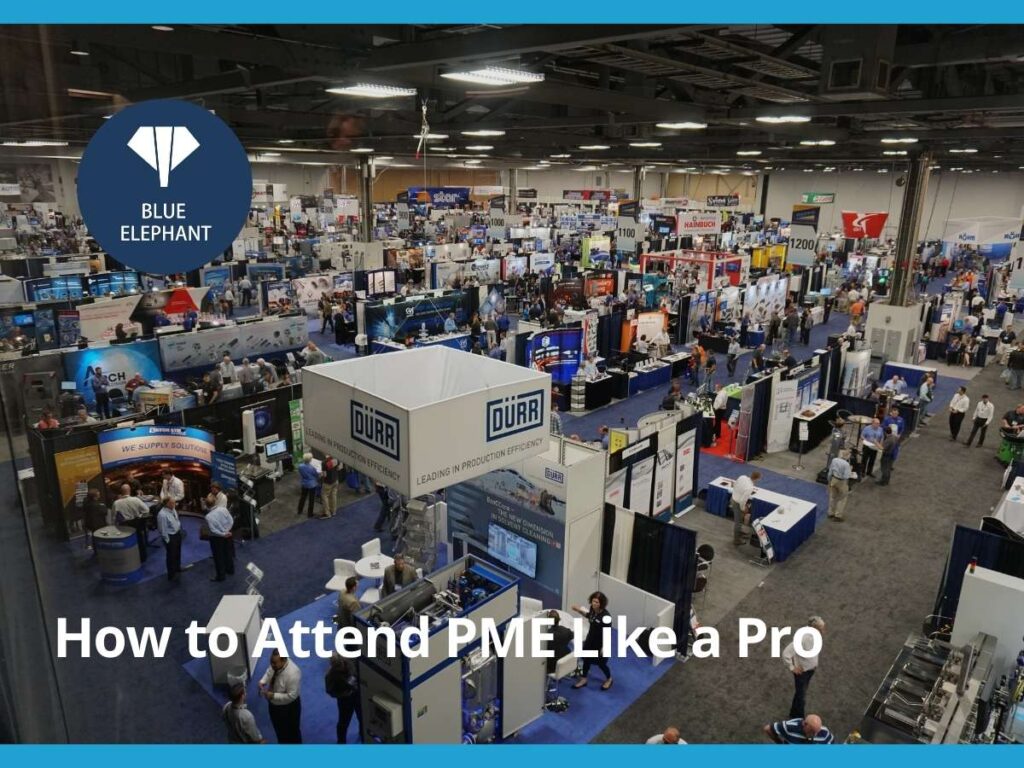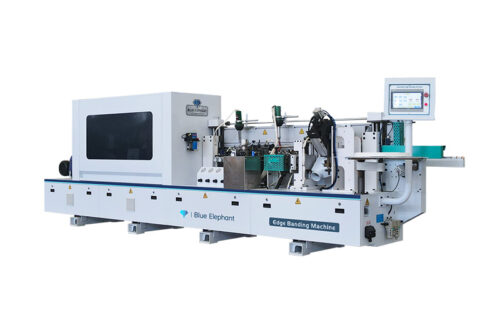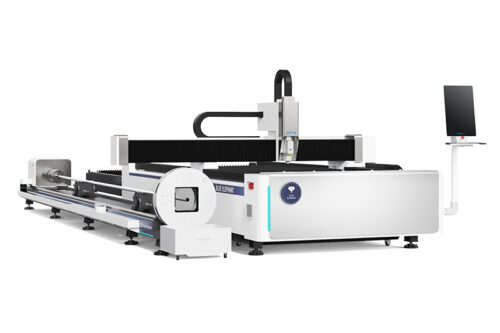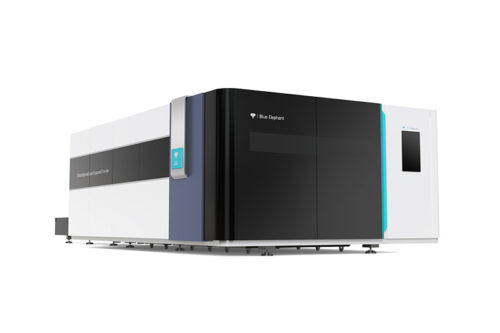A few years ago, I stood in front of a booth at PME with a small product catalog in my hand.
By the end of the day, I had a list of 12 qualified leads and one solid partnership deal.
Before that, I didn’t think trade shows like PME worked for small or mid-size companies. I was wrong.
If you’re reading this, you’re likely wondering: “Is it worth the trip?” I get it. Time is tight. Money even more so.
In this article, I’ll show you how PME works and how to make it work for you. You’ll leave with answers and a plan. You’ll be able to decide, with clarity, if PME fits your goals.
Let’s start!
1. Event Details
If you work in the machining business, you’ve probably heard of PME. But what exactly is it?
PME stands for Precision Machining Exhibition. It’s a professional event that brings together companies from all over the world. These companies focus on one thing: precision.
That means high-level grinding, surface finishing, deburring, micro-machining, and surface treatment. If you make parts, use parts, or sell them, this event matters to you.
Now, let’s talk about the basics.
Where and When Is PME?
PME takes place in Shanghai, China. The venue is the Shanghai New International Expo Centre (SNIEC). It will be held in Halls N4–N5, which are big enough to handle thousands of people and machines.
The dates are December 9 to 11, 2025. That’s three full days of action.
If you’re planning your business calendar, block off those dates now.
How Big Is It?
PME is large. The show covers more than 20,000 square meters of floor space. That’s enough room to hold over 300 exhibitors.
What will you see there?
- Machinery demonstrations
- New tools and processes
- Live tech previews
- Vendors showing off their best work
But that’s not all.
You’ll also find 90+ technical conferences happening during the event. These sessions cover real-world issues and solutions. Things like:
- Speeding up production
- Improving material finish
- Solving cleaning or burr issues
I’ve sat through a few of these talks myself. They’re short, practical, and easy to follow. You’ll leave with ideas you can apply right away.
Who Attends?
More than 10,000 professional visitors are expected. Most of them work in:
- Automotive
- Aerospace
- Electronics
- Medical device manufacturing
- Mold design and production
You’ll meet engineers, plant managers, purchasing teams, and small business owners like you.
What’s great is how easy it is to start a conversation. People at PME are open. They’re looking to learn and share, not just sell.
If your business depends on machining or precise part production, PME is worth a look. It brings you face-to-face with tools, trends, and people that can help you grow.
Next, let’s look at what to do before the event even starts.
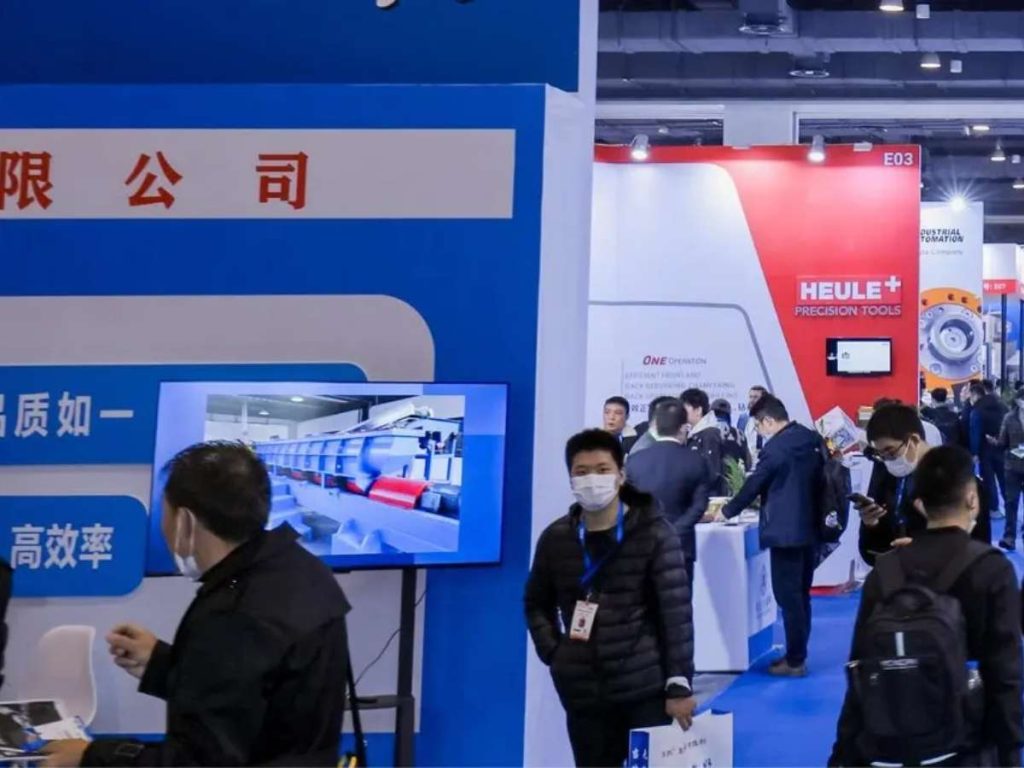
2. Pre-Event Preparation
Planning ahead can make or break your PME experience.
I’ve learned this the hard way. My first visit was rushed. I showed up without a plan, and I missed half the booths I wanted to see.
If you want to get the most out of PME, you need to start early. Here’s how.
Research the Event
Before you book your flight, take some time to understand what PME offers.
PME is not a general trade show. It focuses on precision machining. That means the tools, machines, and systems that help manufacturers work with small tolerances and fine surfaces.
The exhibit is split into product categories. Here are a few to expect:
- Grinding machines and systems
- Deburring and polishing tools
- Industrial cleaning equipment
- Surface treatment technologies
- Micro-machining systems
- Inspection tools and measuring devices
In short: it’s the place to find solutions for precision challenges.
PME also offers educational sessions. These are short presentations led by engineers, developers, or business owners. They focus on real issues. You might hear how someone reduced polishing time or found a better surface coating.
The special events are worth checking out too. Some booths hold demos. Others may have small product launches or technical Q&As.
Don’t wait until you arrive to figure all this out.
Start by visiting the PME website. You’ll find the full list of exhibitors, schedules, and conference topics. Make a short list of who you want to visit and what sessions to attend.
Now that you know what the event includes, let’s talk about signing up.
Registration
Now that you’ve learned what PME offers, the next step is to register.
Start by visiting the official PME website: https://www.pme.cn/en
Once you’re on the homepage, follow these steps:
Click the “Visitor Registration” button. You’ll usually find it at the top or in the main menu.
- Fill out the form with your details:
- Full name (as shown on your ID or passport)
- Job title
- Company name
- Phone number and email
- Country and industry type
- After submitting the form, you’ll get a confirmation email.
- Save this email. It will contain your registration QR code and details for on-site check-in.
- Bring your passport (or national ID if you’re local) and QR code to the venue.
- You’ll scan the code at the entrance and get your entry badge printed.
Early registration is free. It also gives you access to:
- The full exhibitor list
- The conference schedule
- Venue maps
- Shuttle bus information
- Hotel discounts through PME’s housing service
You’ll also get updates by email, including any changes to the schedule or speaker lineup.
If you’re registering a team, repeat this process for each person. Each attendee must have a unique email address and register individually.
Planning to attend as a buyer or exhibitor? Make sure to choose the right visitor type in the form. This helps PME send you the right updates.
Need help with registration? PME organizers can be contacted at:
- Email: pmechina@hjtexpo.com
- Phone: +86 10 58677200 (Beijing) or +86 21 63232733 (Shanghai)
I recommend registering at least 2 months before the show. That way, you’ll have time to arrange your visa and travel with no pressure.
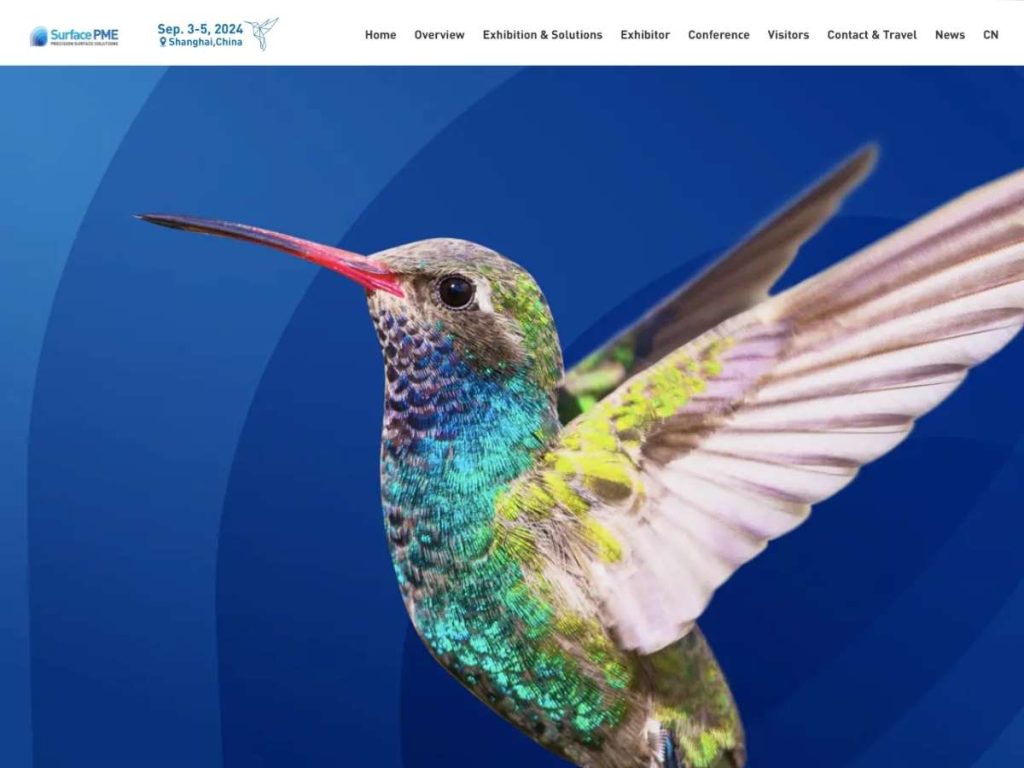
Visa Requirements
If you’re flying to China from another country, you’ll most likely need an M-class business visa.
Don’t leave this to the last minute. Processing times vary by country, and you may be asked to show:
- A copy of your registration confirmation
- An invitation letter from the PME organizer
- Proof of hotel booking
- A valid passport with at least 6 months before expiration
PME’s organizer, HJT Exhibition (Beijing), can send official letters to help speed things up.
If you’ve never applied for a visa to attend a China-based expo, this step can feel like a hurdle. But with the right documents, it’s manageable.
Once your travel plans are set, it’s time to think about your stay.
Accommodation and Travel
Shanghai is massive. Getting the location right can save you hours every day.
PME takes place at SNIEC, located at No. 2345 Longyang Road, Pudong New Area, Shanghai.
There are two ways to stay close:
- Book one of PME’s partner hotels through their official housing links
- Use a site like Trip.com or Booking.com to stay near Longyang Road Station, which is walking distance from SNIEC
Look for hotels that mention free expo shuttle services. PME usually works with properties that include pickup and drop-off at fixed times. You’ll get the schedule via email before the event starts.
Also, think about:
- Hotel cancellation policy
- Wi-Fi speed (helpful for uploading product info or videos)
- Breakfast and nearby restaurants
Getting There and Around
First, how are you getting into Shanghai?
If you’re flying, use Pudong International Airport (PVG). It’s the closest major airport. From there, it’s about a 40-minute drive to SNIEC.
Once you’re in the city, PME usually runs shuttle buses from partner hotels to the venue. Check the pickup schedule on the official site. It’s often posted a week or two before the show.
You can also use taxis or apps like Didi. If you’re not fluent in Chinese, show the driver your destination in writing. The venue name in Chinese is 上海新国际博览中心 (SNIEC).
Inside the venue, wear comfortable shoes. The halls are big, and you’ll be on your feet a lot.
Recap Before You Go
Getting ready for PME doesn’t have to be stressful. Break it into parts and take action early.
Here’s a checklist to keep you on track:
- Visit the PME website and review the exhibitor list
- Register online and save your confirmation
- If you’re international, begin the visa application process
- Book a hotel near SNIEC or near Longyang Road Station
- Plan your transportation from the airport to the hotel
- Look for shuttle service details before the event
- Download the PME floor plan and mark your booth targets
Good prep means fewer surprises. And that means more time talking to people, seeing machines in action, and spotting real business opportunities.
Next, we’ll cover how to build a schedule that works. Want to know which booths to visit first or how to avoid wasting time in the wrong hall?
Let’s walk through that next.
3. Strategic Planning
Now that your registration and travel are handled, it’s time to get strategic.
You’ve blocked the dates. You’ve booked your hotel. But if you just show up without a plan, you’ll miss real chances to grow your business.
This section will help you stay focused, save time, and meet your goals at PME.
Define Objectives
Before you build a schedule, stop and think: what do you want out of this event?
Your time is limited. There are over 300 booths and 90+ technical sessions. You can’t see everything.
So ask yourself:
- Are you looking for new suppliers?
- Do you want to compare machines before making a purchase?
- Are you there to learn about new polishing or grinding techniques?
- Do you need answers to a specific problem, like cleaning parts faster or improving coating quality?
Your goal can be one thing or a few. But it should be clear and realistic.
Here’s how I set my goals for shows like PME:
- Find 3 potential suppliers for surface treatment
- Attend 2 technical talks about micro-machining
- Talk to at least 5 companies in medical device production
When you write your goals down, it changes everything. You walk in knowing what to look for. And you walk out with results you can track.
Once your goals are set, you’ll need a plan to match your time with your priorities.
Schedule Optimization
PME is a big event. Booths are spread across 20,000 square meters of floor space.
Without a schedule, it’s easy to waste time walking in circles or waiting in lines.
Start by looking at the conference schedule. You can find it on PME’s official website. The list usually comes out one to two months before the show.
Sessions cover real, useful topics, such as:
- Improving grinding accuracy
- Selecting proper cleaning systems
- Trends in micro-manufacturing
- Cost-saving tips for polishing operations
- Quality testing tools and practices
The best part? These sessions are free for registered attendees.
You won’t need to sign up in advance, but some may fill up fast. Arrive early if you want a good seat.
Pick the ones that match your business. If you sell parts, look for buyer-focused talks. If you manage a workshop, go for process and productivity sessions.
Once you’ve chosen your sessions, block them off in your calendar. Leave room for walking the show floor in between.
Next, let’s talk about the booths.
Exhibitor List
You’ll want to visit as many useful booths as possible but without wasting time.
Start by reviewing the official exhibitor list. It’s available on pme.cn. You can filter by:
- Product type
- Country
- Industry served
- Booth number
This will help you focus.
Let’s say you work in mold manufacturing. You can filter for polishing machines, deburring tools, and surface testing systems.
I like to create a “must-visit” list of 10 to 15 booths. These are companies I’ve either researched ahead of time or want to ask specific questions.
Then, I build a second list: “walk-by” booths. These are companies I’ll visit if I have time or if they’re near my must-visits.
Here’s how to structure your list:
- Booth Number
- Company Name
- What they offer
- What you want to ask or learn
This makes your visit more focused and meaningful.
Don’t forget to factor in time for waiting. Some booths get crowded. If you want to speak with a manager or see a demo, you might have to wait a few minutes.
And remember, this is a live show. Schedules shift. People cancel. Be flexible.
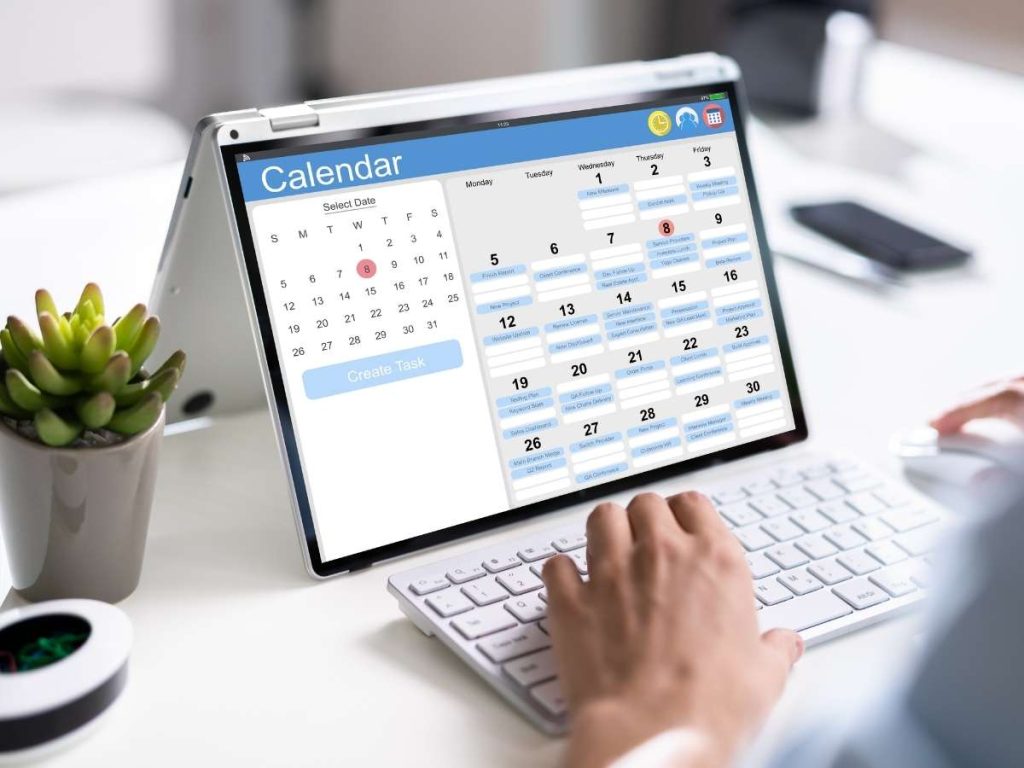
4. On-Site Engagement
Now that you’ve planned your visit and set your goals, it’s time to focus on how to make the most of your time inside PME.
Walking into a busy trade show can feel overwhelming. People are moving fast. Booths are packed. Schedules are tight.
But don’t worry. With a simple plan and a few tips, you’ll walk out with valuable contacts, ideas, and tools you can use back at work.
Let’s start with something most attendees overlook: conversations.
Networking
This isn’t just about shaking hands or exchanging cards.
Networking is about building real, useful relationships. And PME is the place to do it.
You’ll be surrounded by more than 10,000 professionals. These people come from all over—factories, repair shops, parts distributors, and design teams. Some are just like you. Others are potential customers, partners, or suppliers.
Here’s what helped me over the years:
- Don’t wait to be approached. Walk up, say hello, and ask a simple question like “What brings you to PME this year?”
- Wear your badge clearly. It helps others spot your name and company, which can start a conversation.
- Take notes. After each chat, jot down one or two details on the back of their business card. This makes it easier to follow up later.
PME also offers special events designed for networking. While these may vary by year, keep an eye out for:
- Daily happy hours
- Award ceremonies
- Product demo sessions hosted by exhibitors
These events create a relaxed setting. That’s where I’ve had some of my best conversations—away from the noise of the exhibit hall.
Next, let’s look at the sessions and workshops.
Educational Participation
PME is not just about booths and machines. It’s also a place to learn.
The event features over 90 technical sessions. These aren’t long, boring lectures. Most are short, practical, and led by people who work in the field.
Topics cover real problems and real solutions. You might hear about:
- How to cut polishing time
- New micro-machining tools
- Case studies from other shops
- Automation options for small factories
- Surface testing tips that reduce returns
If you’ve ever thought, “I wish someone would just show me how to fix this,” these sessions are for you.
I recommend arriving early to each session. Some fill up quickly, and standing in the back for 40 minutes isn’t fun. Bring a notebook or use your phone to take photos of slides.
You can also ask questions during or after the talk. Speakers are usually happy to chat with you after their session ends.
This leads to something that often gets overlooked: materials.
Resource Management
With hundreds of booths and sessions, PME can feel like information overload.
That’s why it’s important to have a system for collecting and organizing what you find.
Here’s what I bring with me:
- A small folder for brochures and catalogs
- A zippered pouch for business cards
- My phone with a scanning app like CamScanner or Adobe Scan
Some companies now offer digital brochures via QR codes. If you scan these, save the file with the booth name in the title so you can find it later.
For business cards, I write short notes on the back: “grinding machine, booth N4-08, follow up next week.” This helps me remember who’s who once I get back to the office.
Don’t try to grab everything. Focus on materials that match your goals.
Here’s a tip: when a rep offers you a brochure, ask them what makes their product different. If they give a clear answer, it’s probably worth keeping. If not, move on.
At the end of each day, I spend 15 minutes reviewing what I’ve collected. I throw out duplicates or vague material and sort the rest.
That way, I don’t end up with a suitcase full of paper I’ll never read.
5. Post-Event Follow-Up
So, you made it through PME. You walked the halls, talked to vendors, attended sessions, and collected stacks of brochures and business cards.
But what happens now?
This is the part many people skip. And it’s where most of the value is lost.
You’ve got names, ideas, and maybe even some new leads. But without a plan to follow up, all that effort can fade away in a few weeks.
Let’s make sure that doesn’t happen.
Contact Consolidation
Start with your contacts.
Pull out the business cards, QR codes, and notes you collected. Lay them all out on a desk or table.
I like to sort them into three simple groups:
- Follow up this week
- Follow up later
- For reference only
The first group includes people you had a real conversation with. Maybe they offered to send you a quote or demo. Maybe they asked you to send more details about your business. These are your priority.
The second group includes those who might be useful down the road. Maybe you liked their product but you’re not ready to buy. Keep their info in a folder. Check in with them once your need becomes clearer.
The last group is everyone else. Keep these for future reference, but don’t waste time on outreach right now.
If you use a CRM system (customer relationship management), now’s the time to enter your notes. If you don’t, a simple spreadsheet works too. Just record:
- Name
- Company
- Contact info
- Booth number (if available)
- What you talked about
- What you promised to send or request
You’d be surprised how easy it is to forget the details after just a few days.
Once your list is ready, start your follow-ups.
I usually send a short message like this:
“Hi [Name], it was good meeting you at PME. I enjoyed learning about [topic/product]. I’d like to continue the conversation and see how we might work together.”
Keep it short. Be honest. Be specific.
Now that you’ve handled your contacts, it’s time to look at what you learned.
Actionable Insights
PME wasn’t just about people. It was about ideas.
You probably came across machines you’ve never seen before. Or heard about a surface treatment method that could cut your production time.
Maybe you picked up tips from a speaker about process automation or product testing.
Whatever you learned, don’t let it sit in a notebook.
Review your notes from the sessions. Go through the brochures you decided to keep. And ask yourself:
- Is there a new machine or process that could speed up your work?
- Did a vendor show a better way to polish or deburr your parts?
- Was there a software tool that can help manage your workflow or inspections?
Now match your learnings with your current problems. This is where real value comes from.
Here’s how I turn ideas into action:
- Pick one or two takeaways that fit your business needs.
- Bring them to your team. Talk through how they might work in your current setup.
- Contact the vendor or speaker if you need more info or support.
- Start small. Test the new tool or method on one job.
- Measure the result. Did it save time? Did it improve quality?
If it works, great. Scale it. If not, move on to the next item.
Don’t try to change everything at once. PME gives you a lot of input. But small, clear steps help you see progress.
And if precision machining is part of your next step, take a look at what Blue Elephant offers. We make CNC routers, laser cutters, and stone machines that fit real workshop needs.
Need help matching a machine for your work? We’re happy to walk you through it.
Conclusion
You came here wondering how to attend PME like a pro.
Now you know what it is, where it happens, and how to get the most from it, before, during, and after the show.
I once walked in without a plan. I left with sore feet and nothing useful. But not anymore. Now, every visit gives me leads, ideas, and real value.
You’ve got the map. The next move is yours.
What will you do with what you learned? Will PME help you grow?
Contact us at Blue Elephant if you’re ready to upgrade your machines and move forward.
Explore Related Resources
For more in-depth knowledge, take a look at these recommended reads. We think you’ll find them useful:
Still haven’t found what you’re looking for? Don’t hesitate to contact us. We’re available around the clock to assist you.


